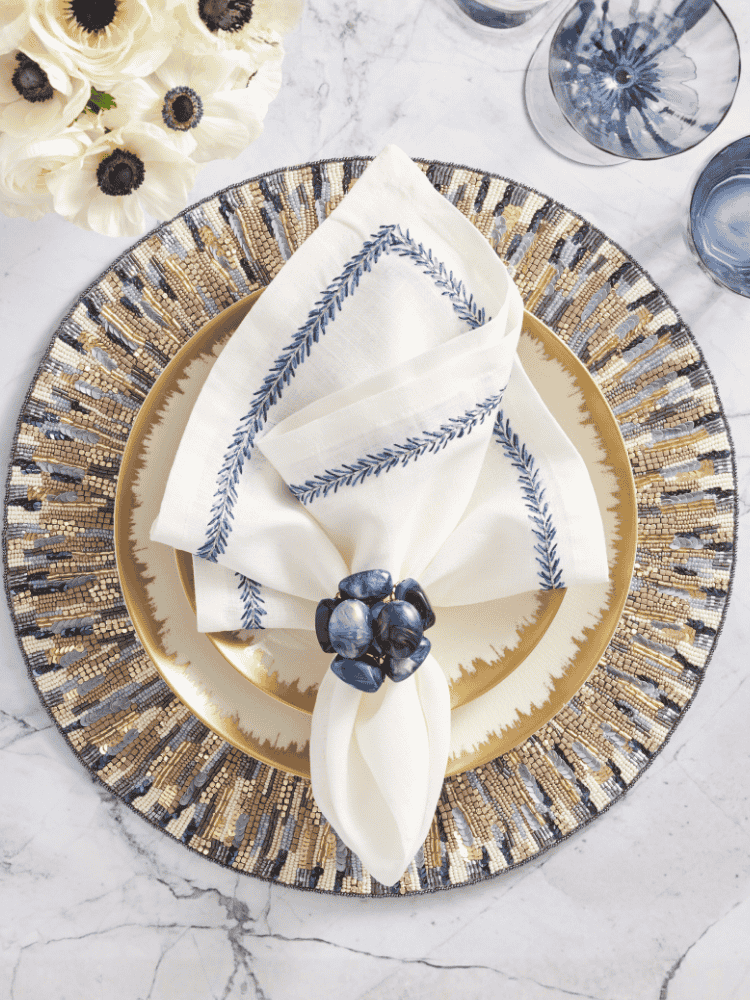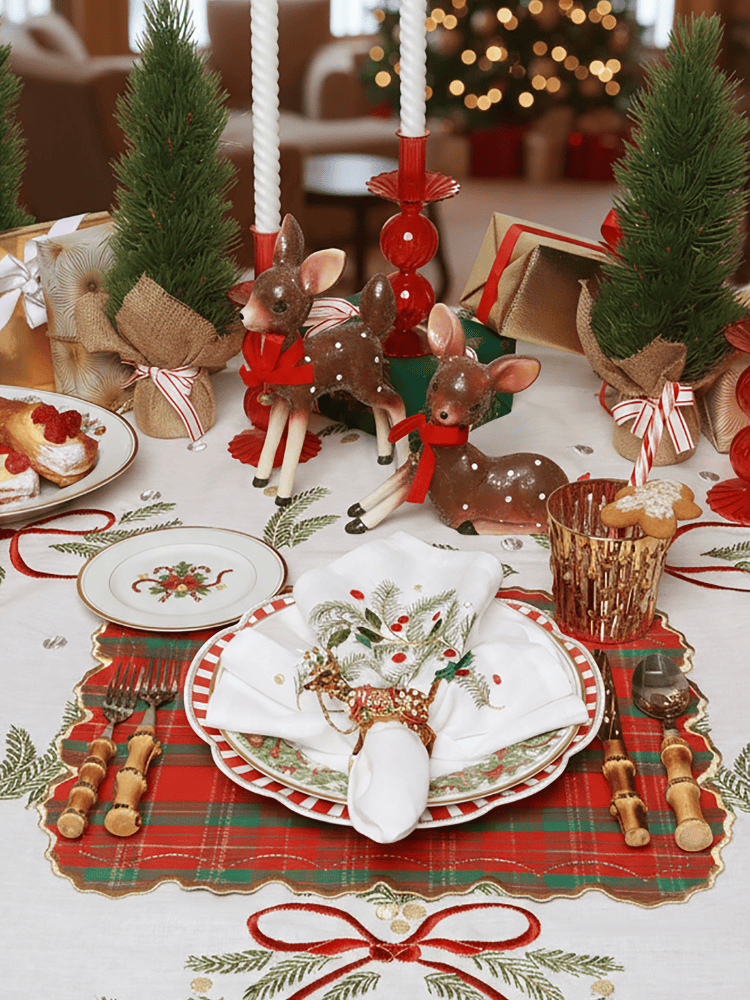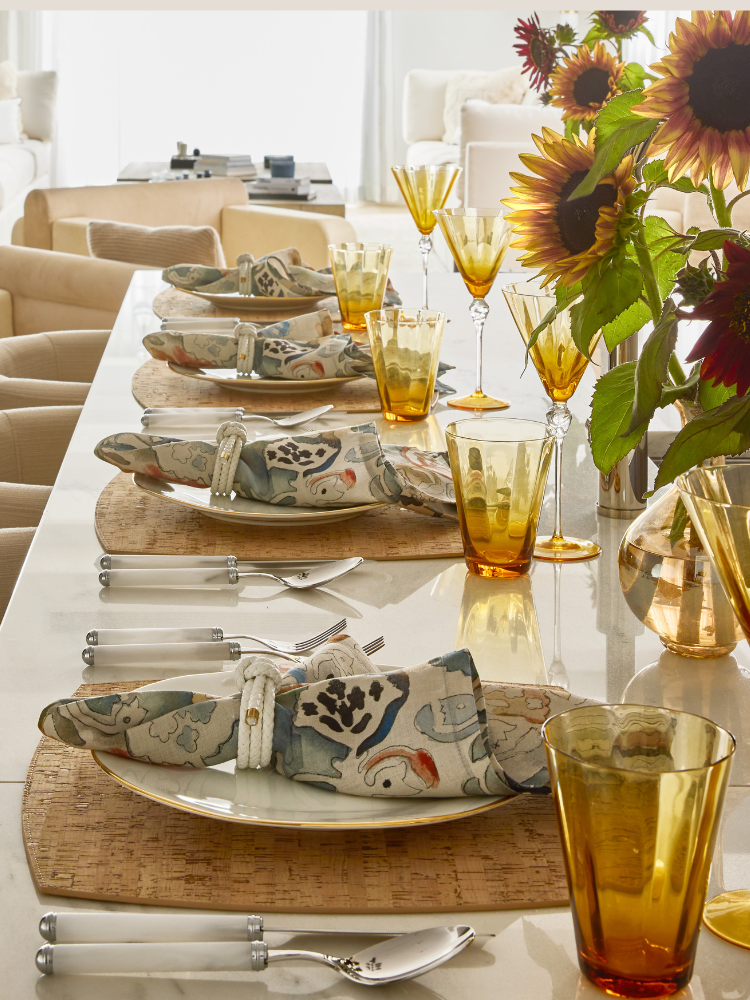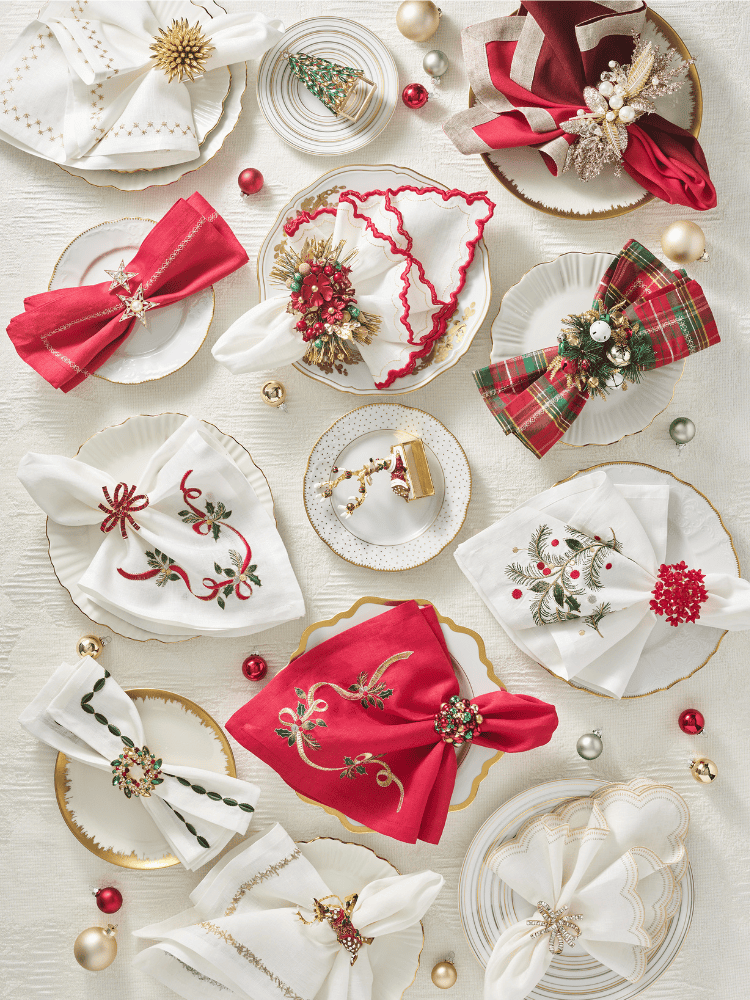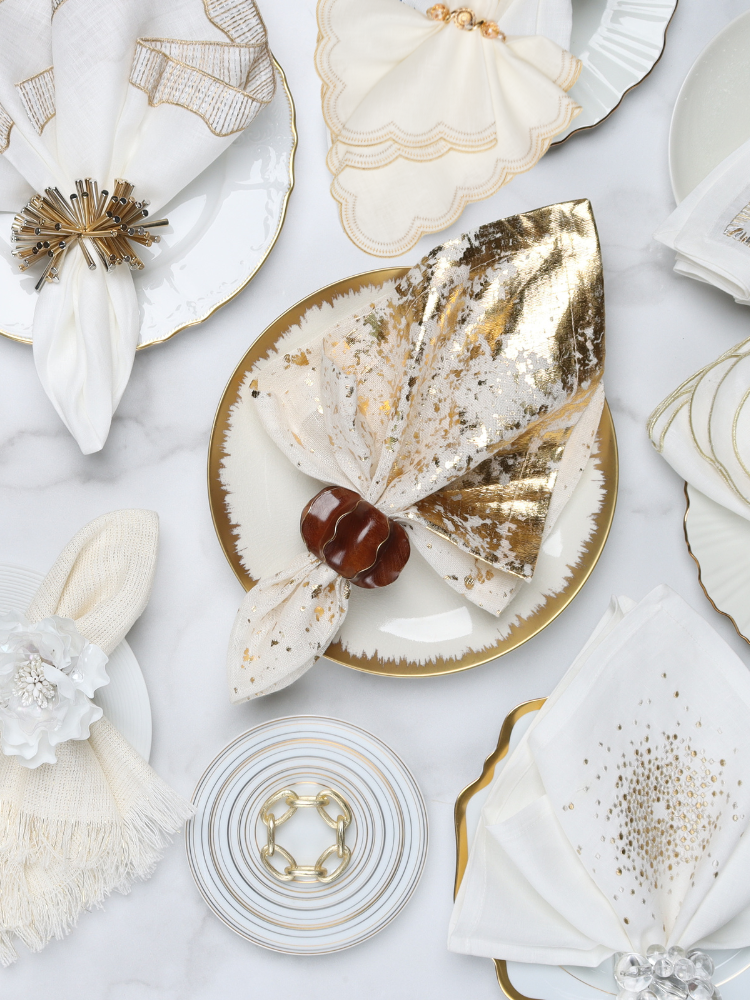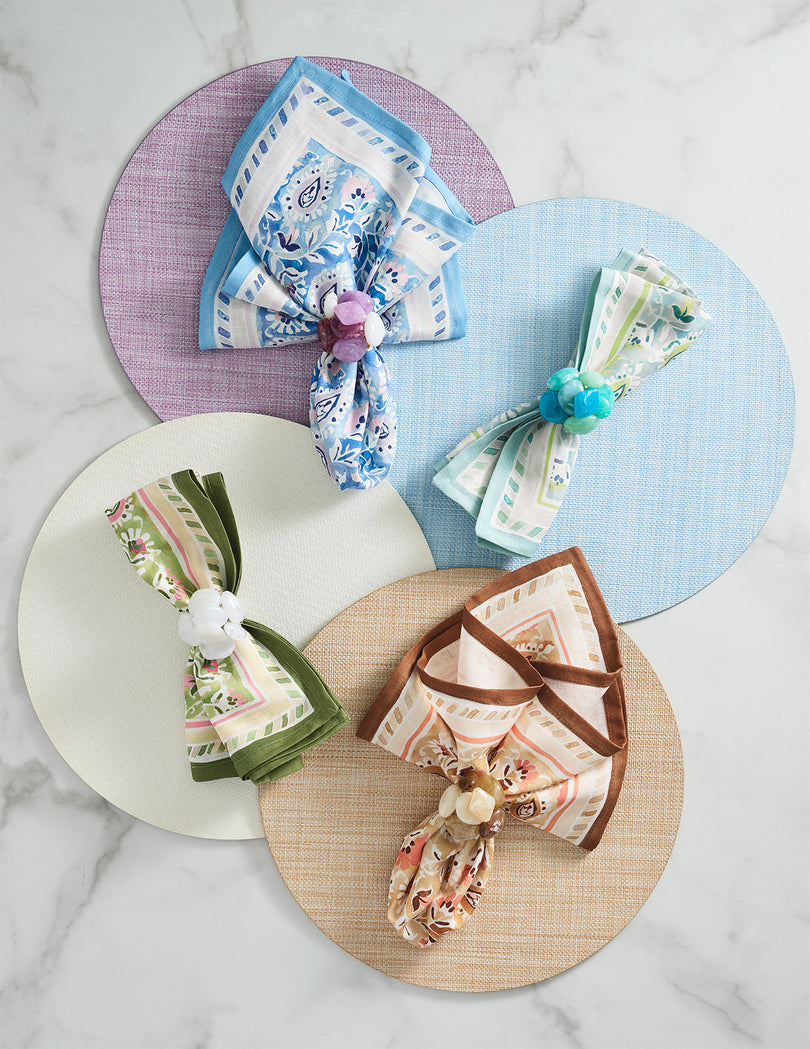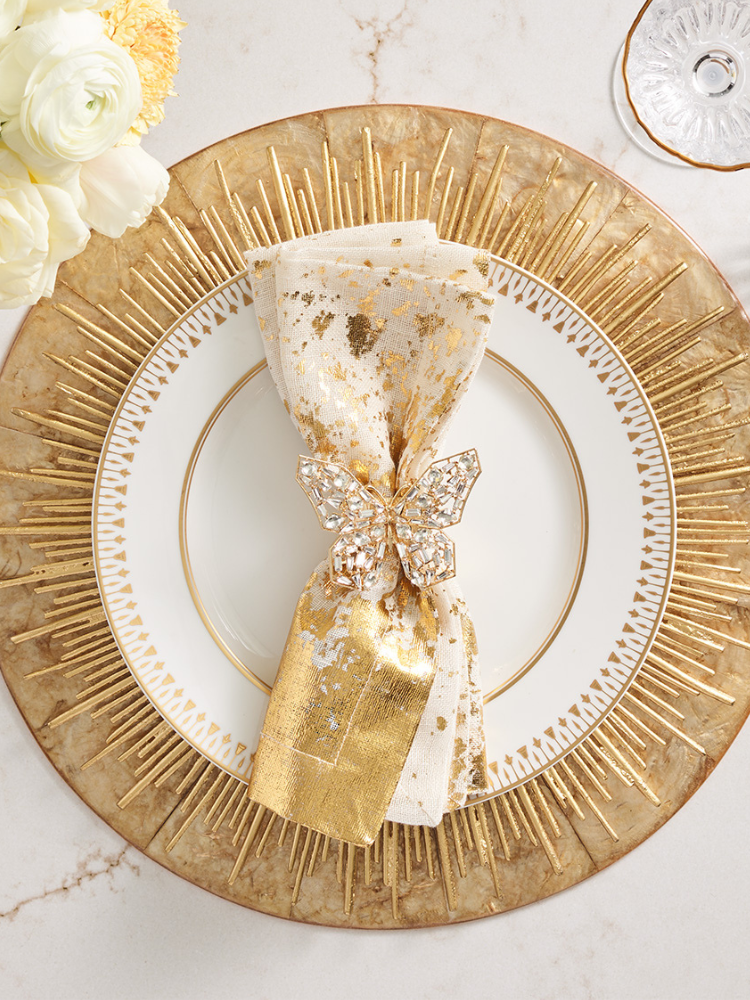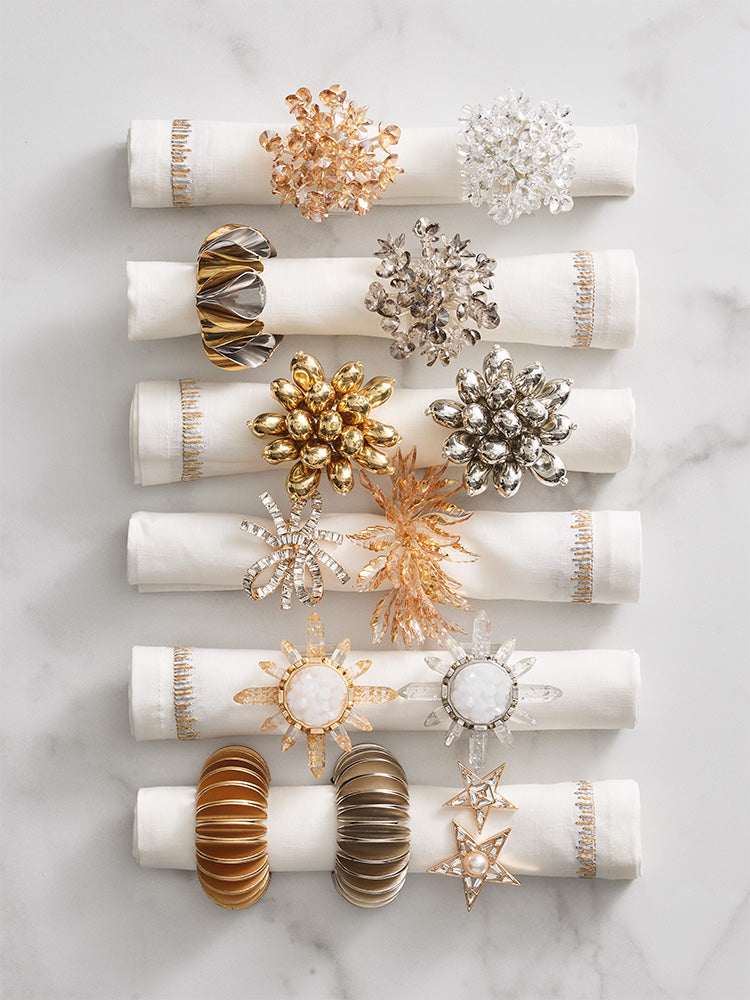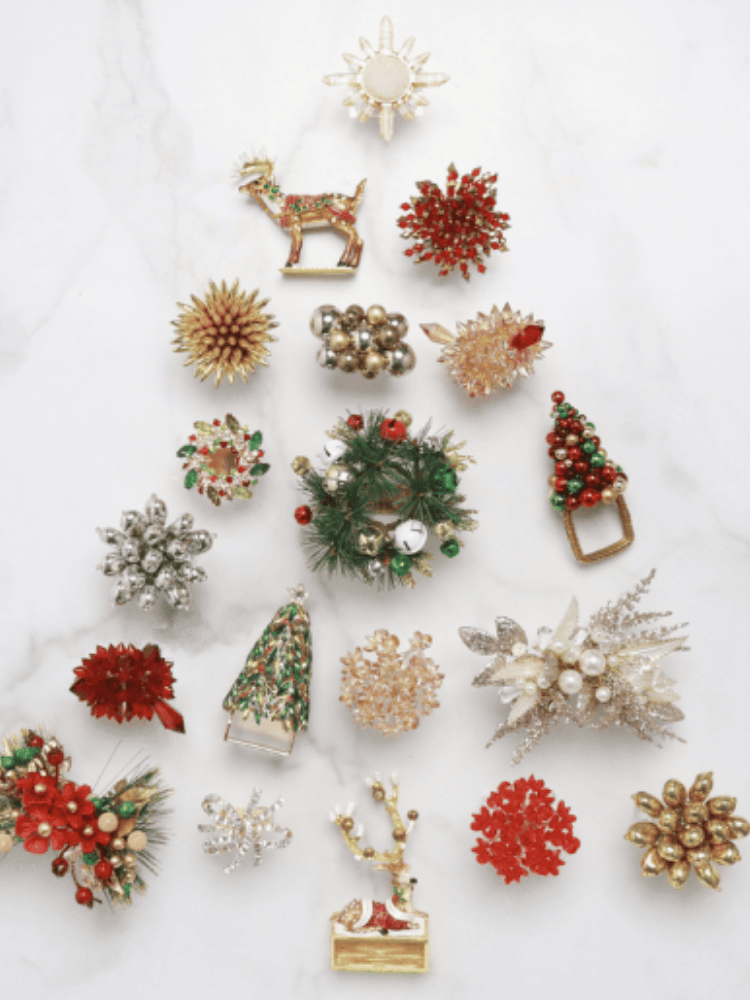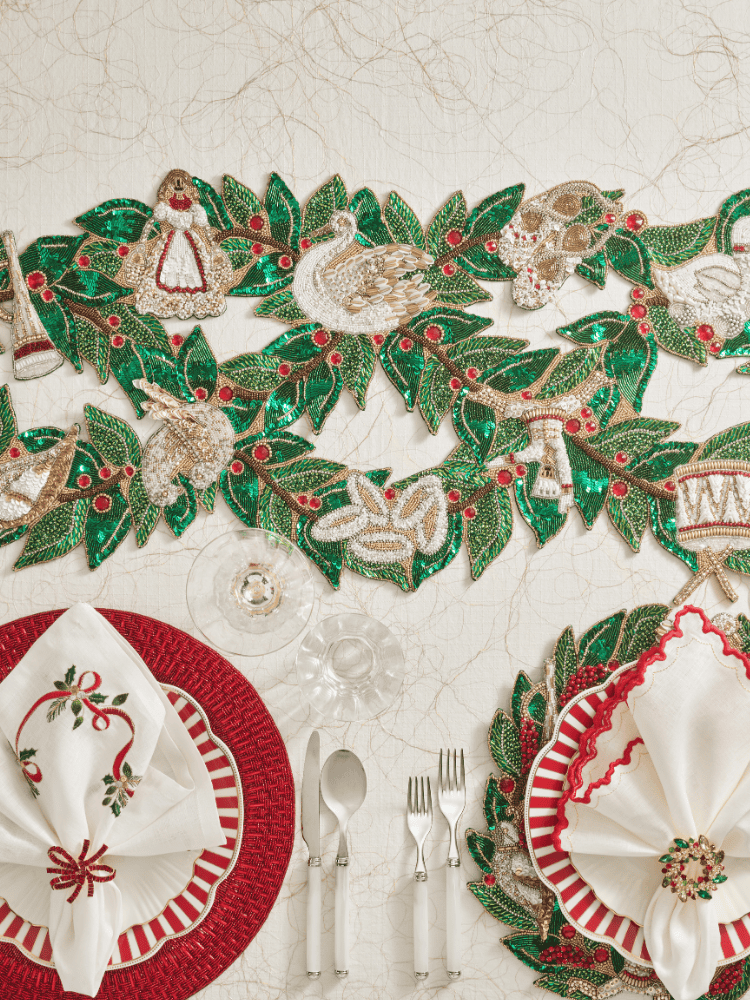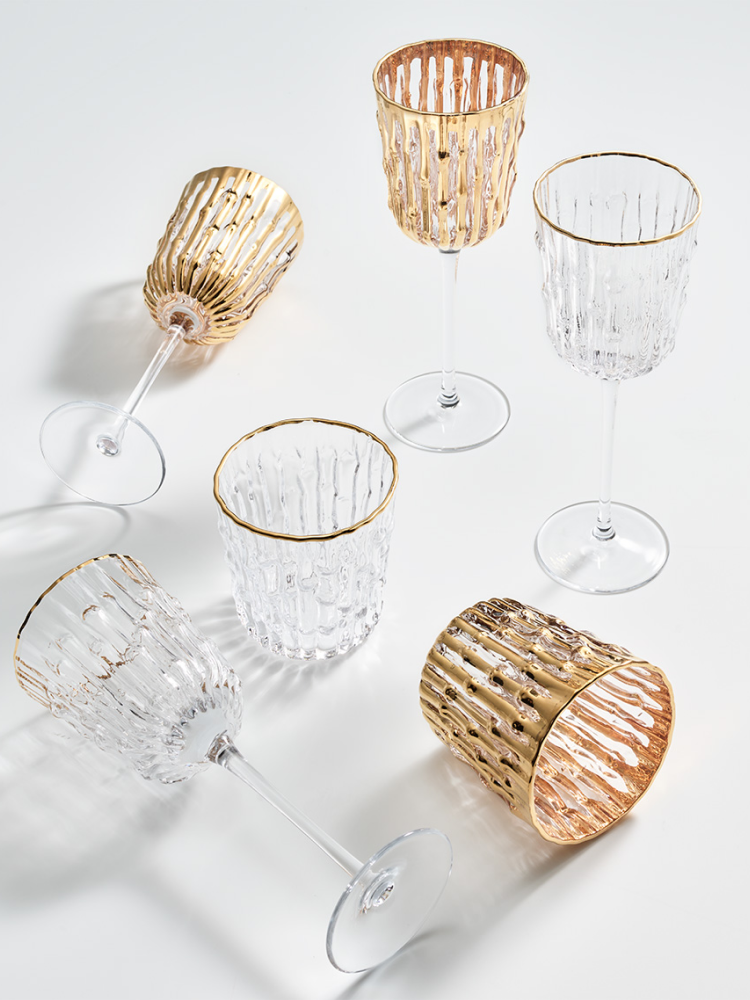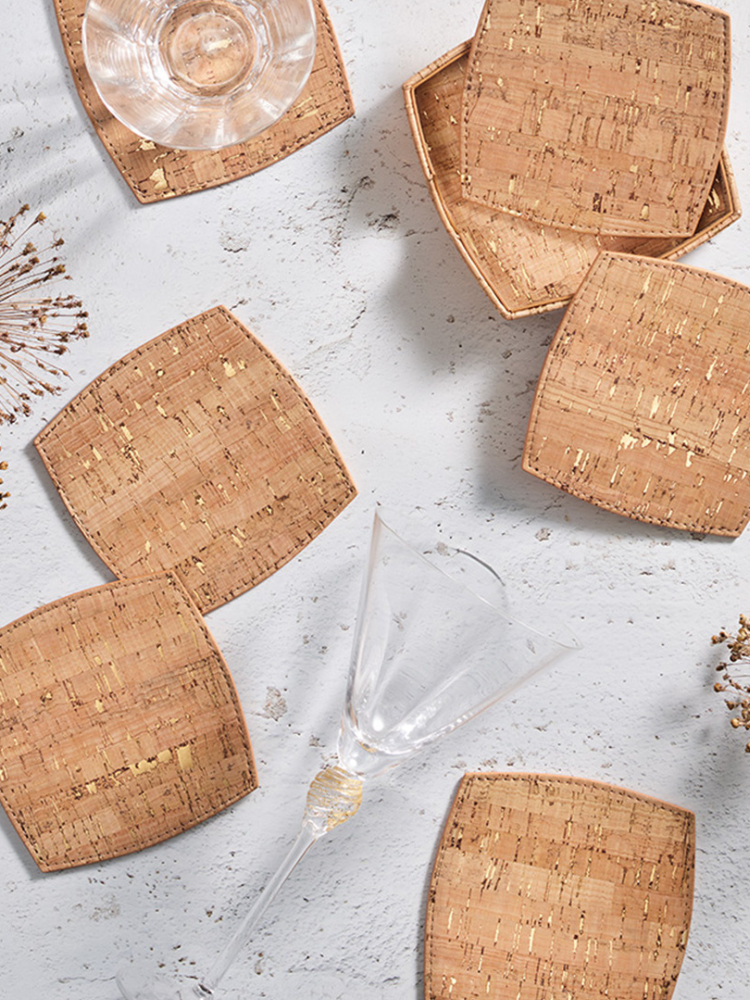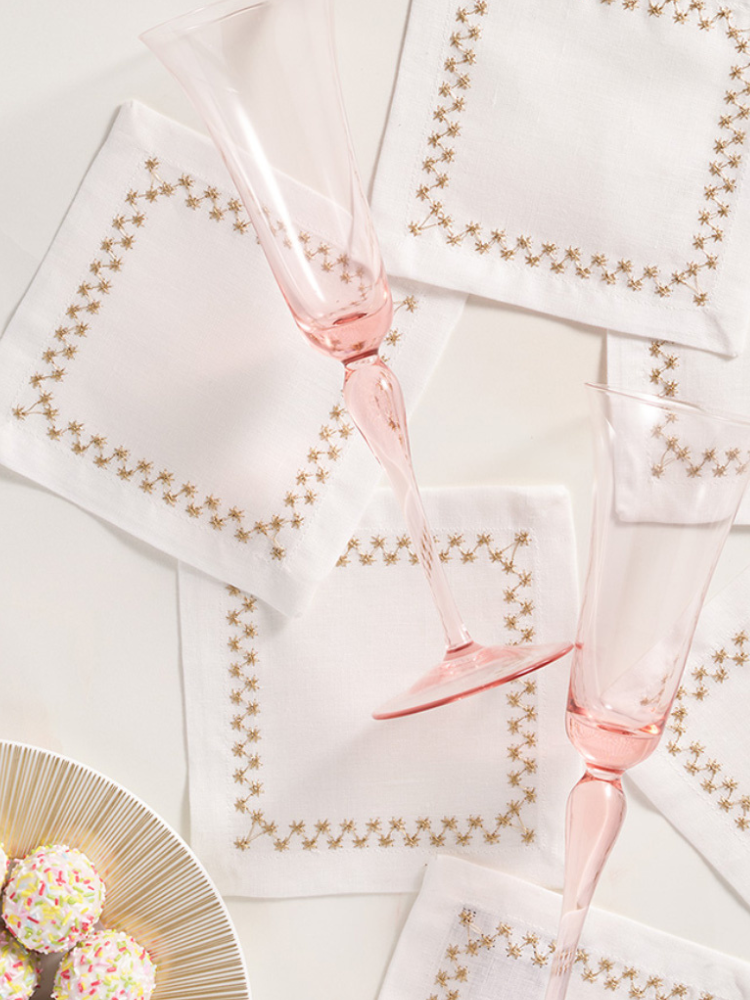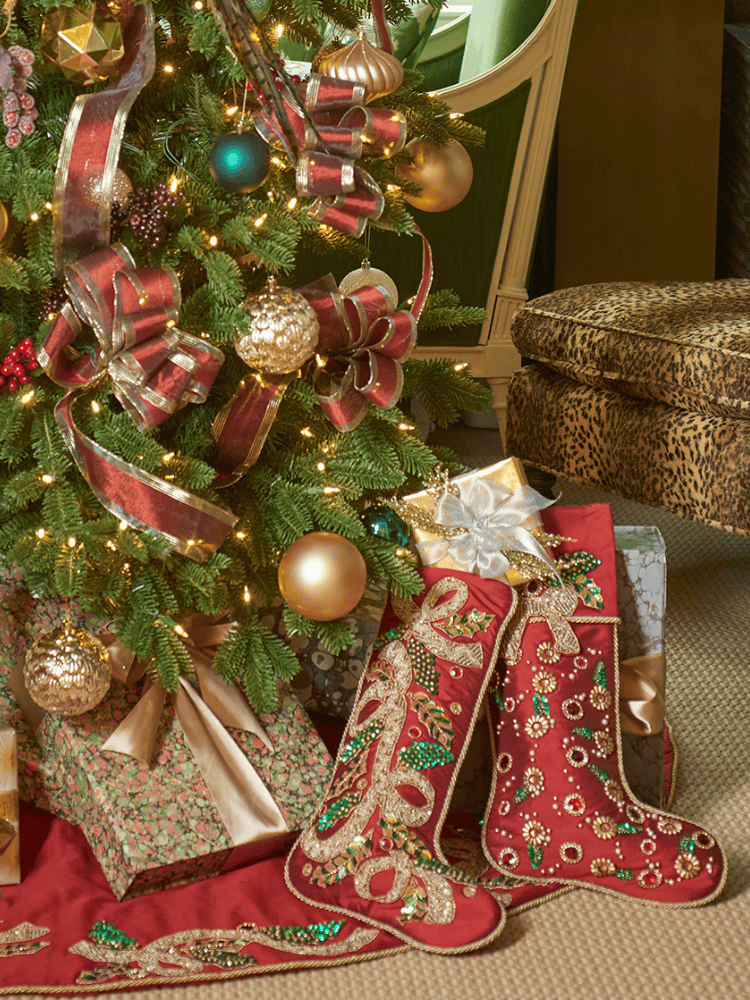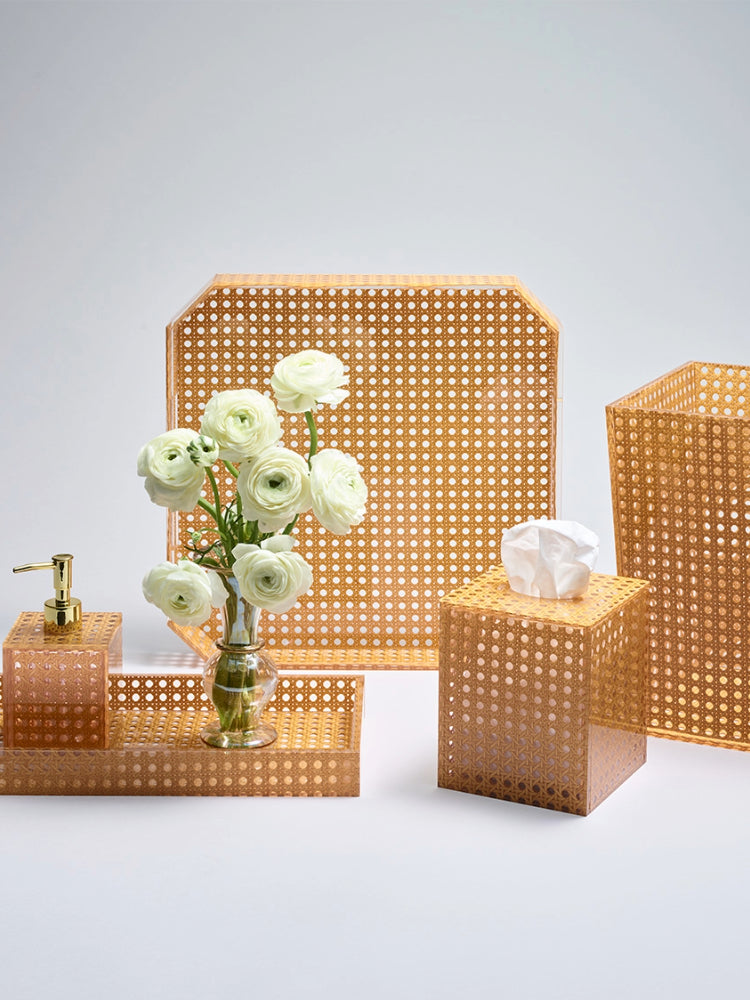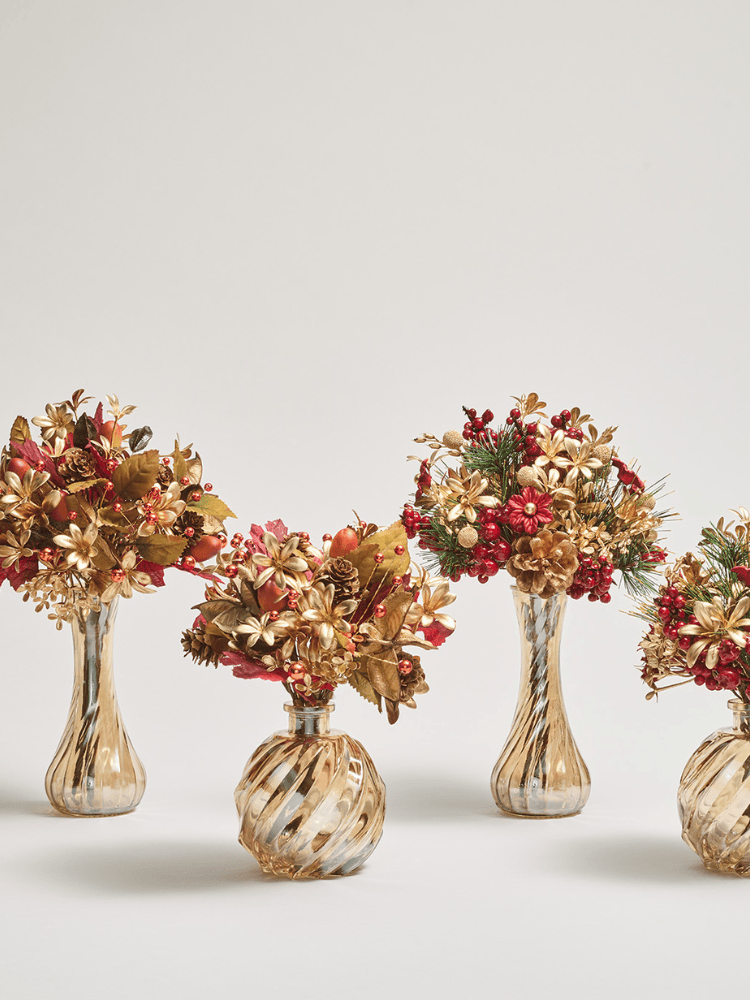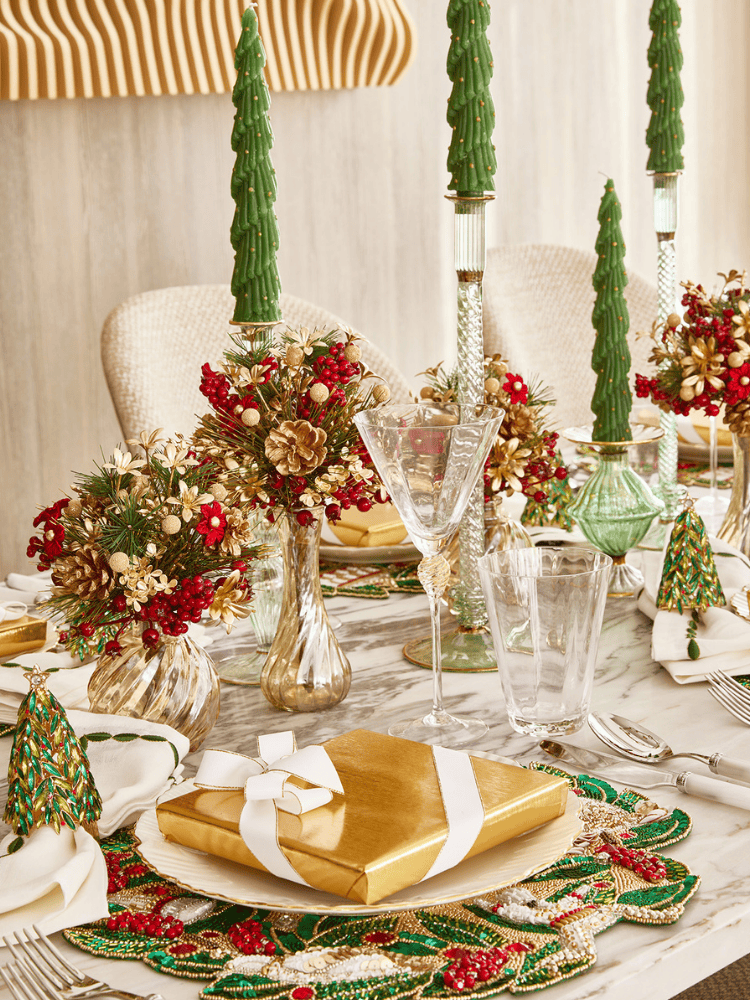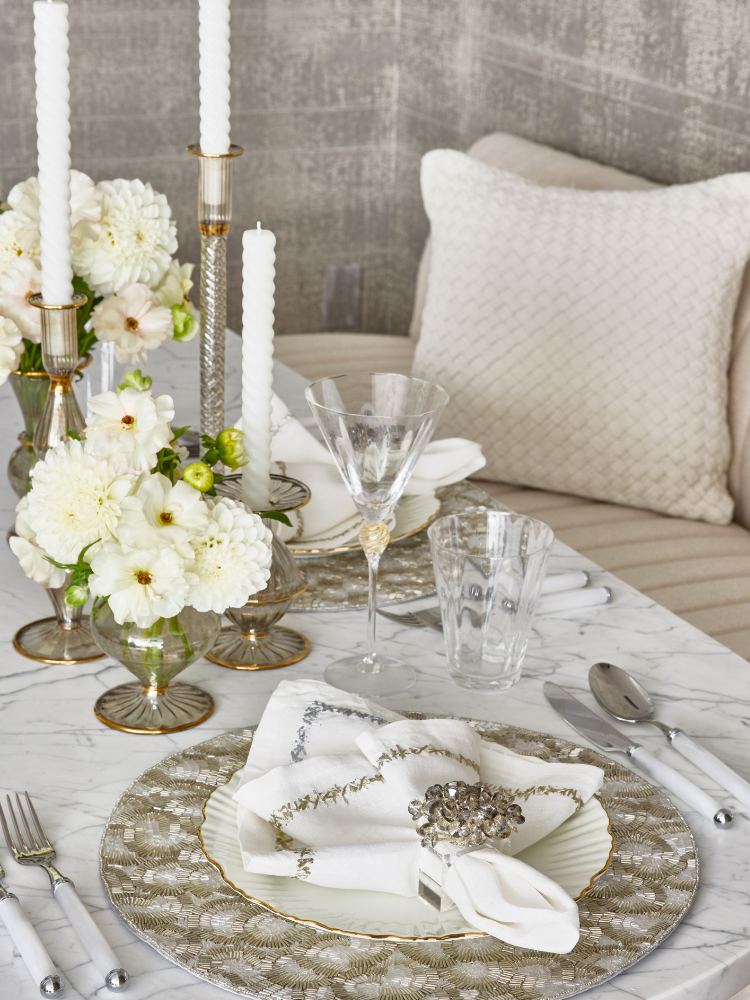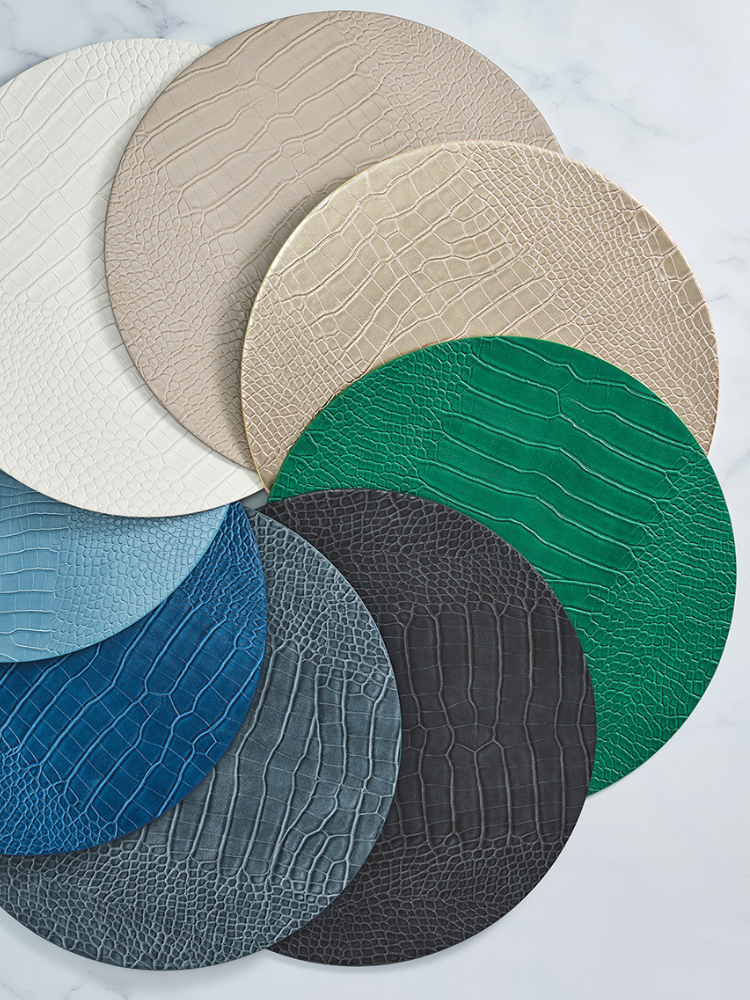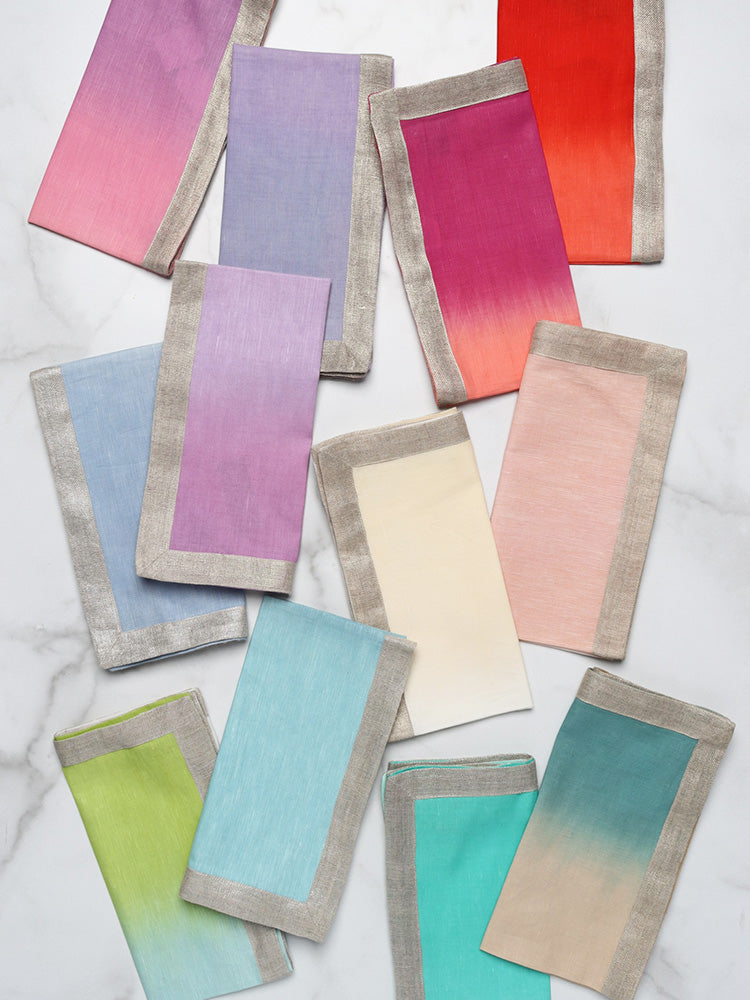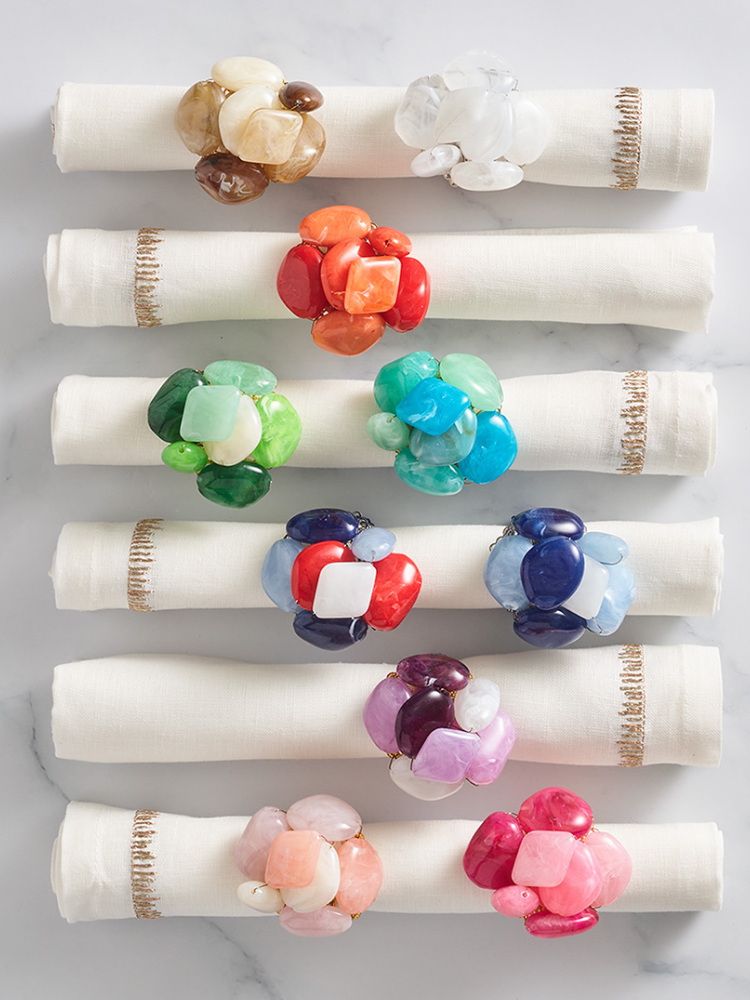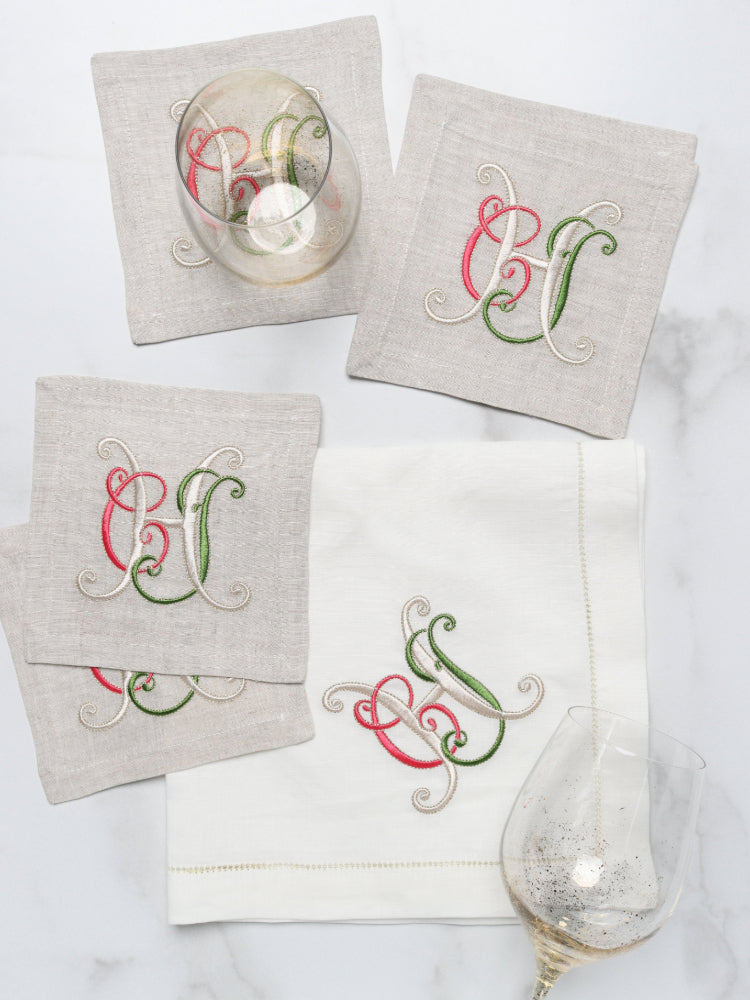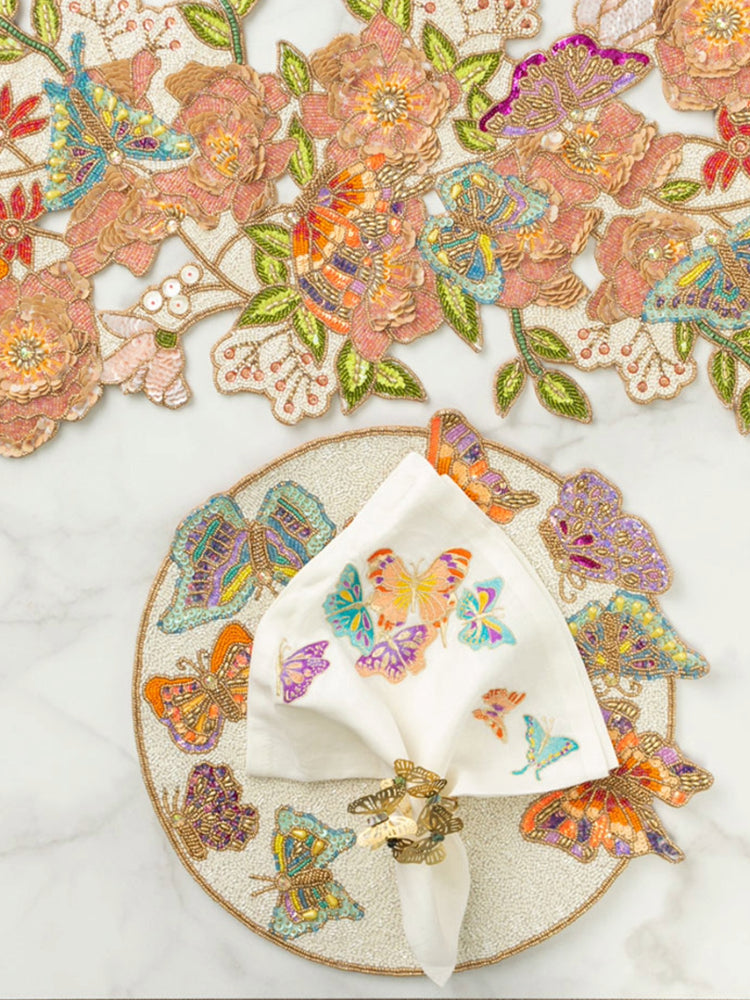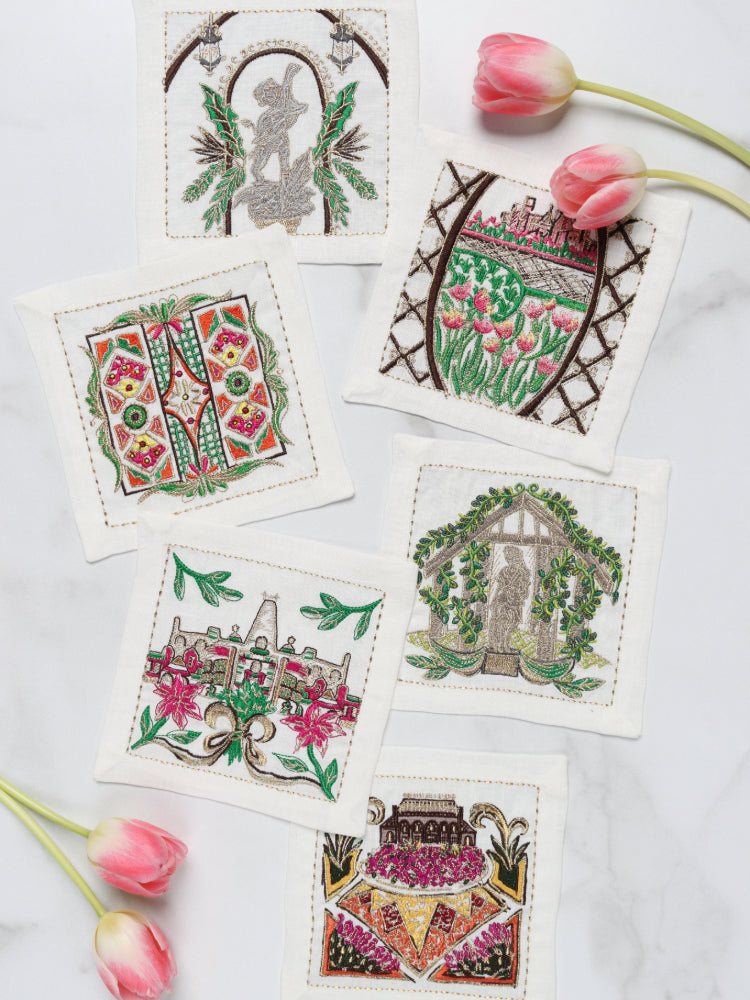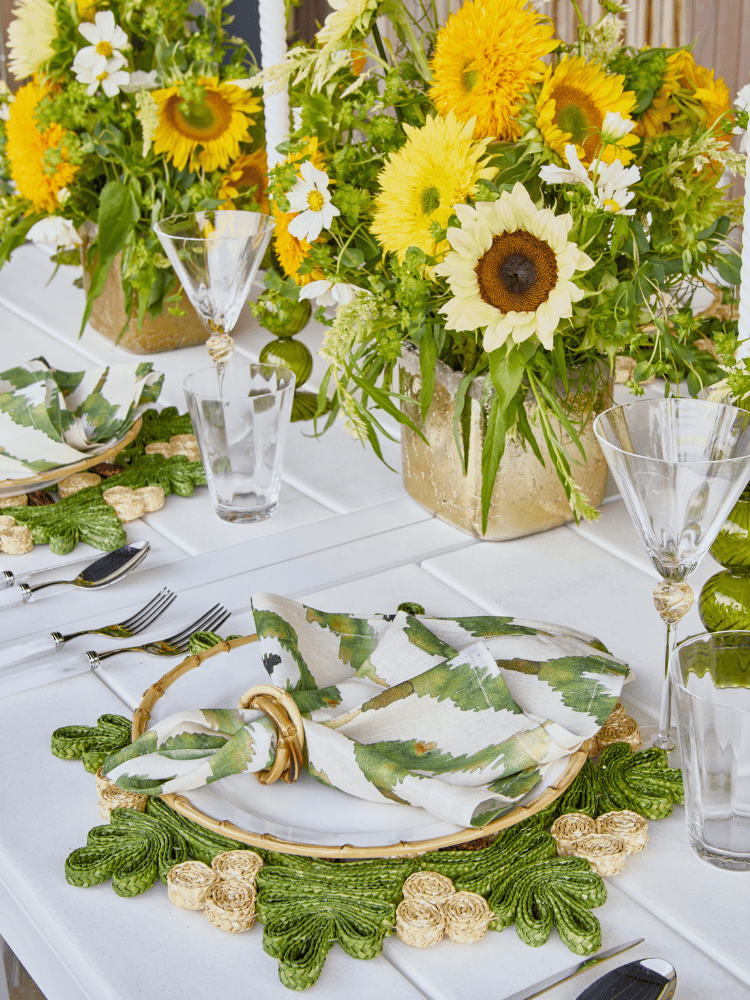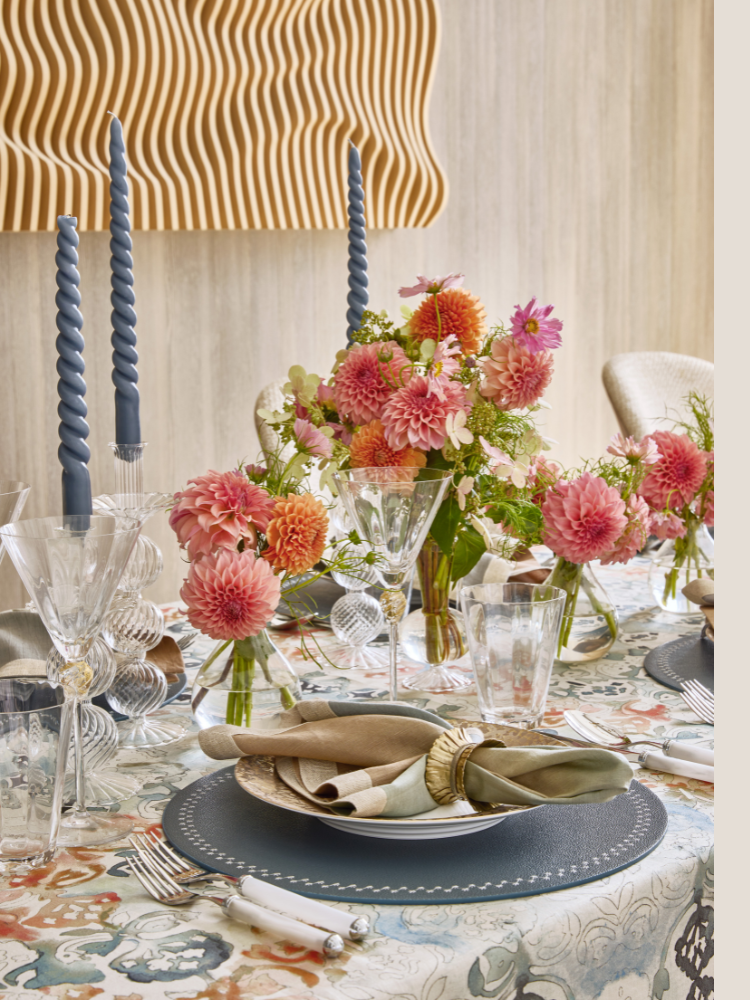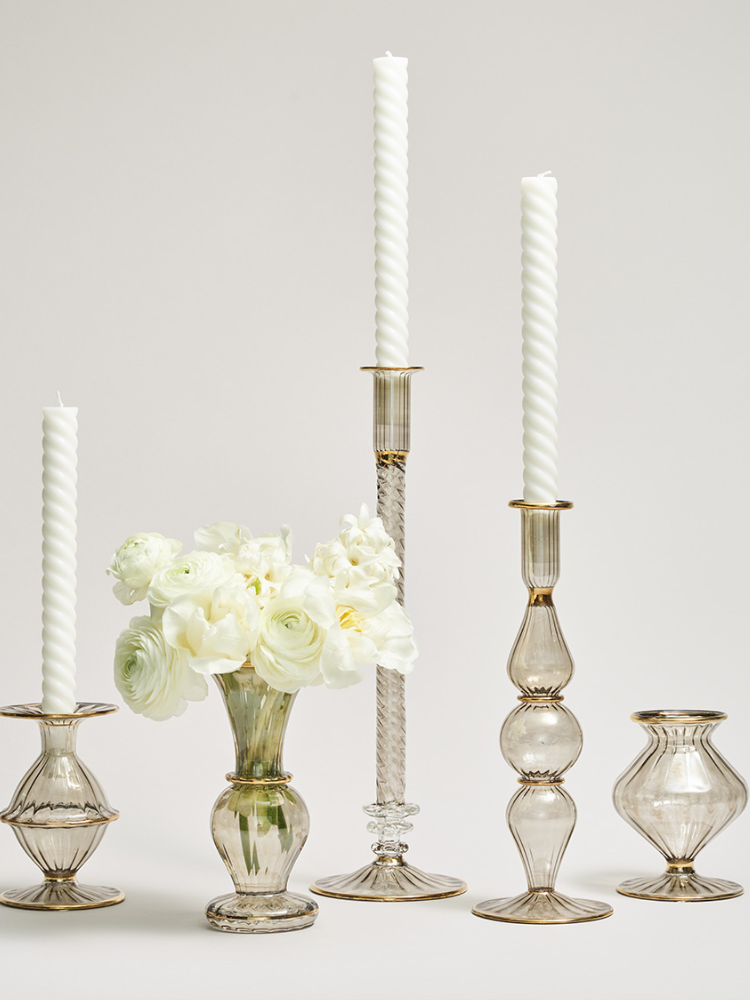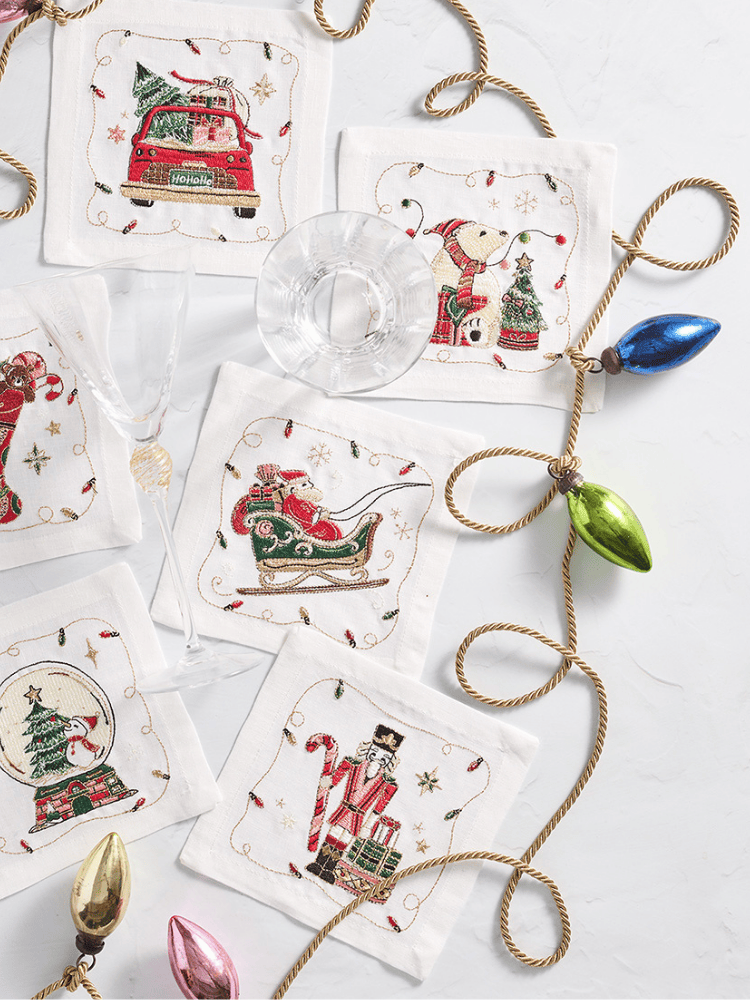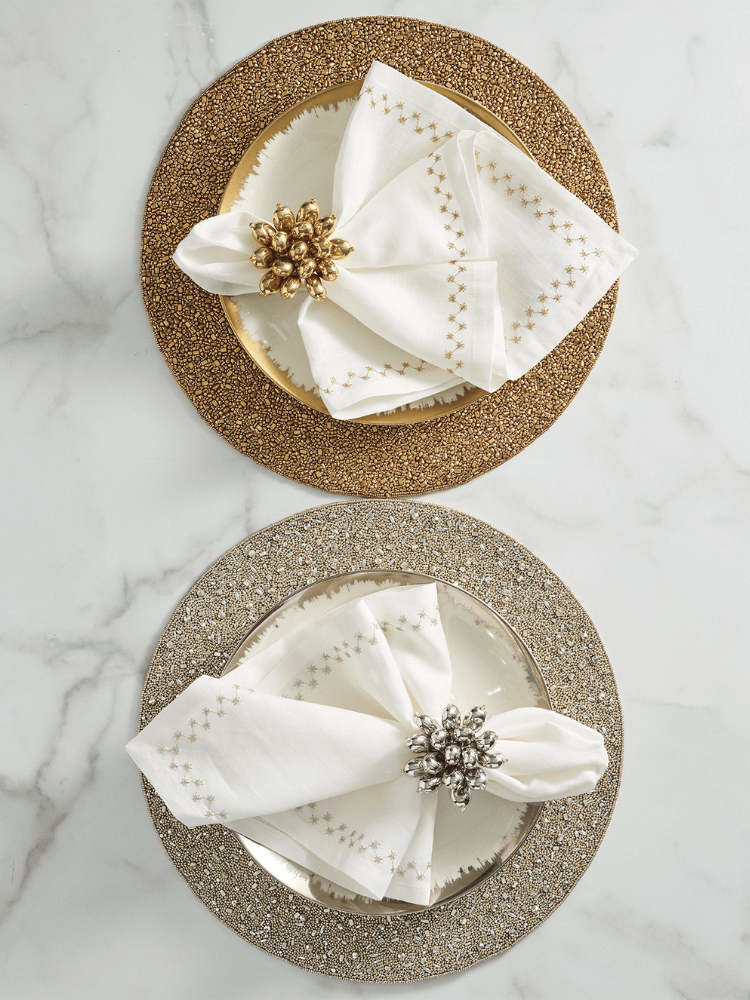Table Runner Uses & Modern Ideas

Table runners are more than just decorative pieces; they serve as versatile elements that can transform a dining space with their aesthetic appeal and practical functionality. In this comprehensive guide, we delve into the historical background, uses, materials, styles, practical tips, and common FAQs surrounding table runners.
Brief Overview of Table Runners

Table runners are long, narrow pieces of fabric that run down the center of a dining table, typically used as decorative accents or functional protectors. They come in various lengths, widths, colors, patterns, and materials, allowing for endless creativity in table styling.
Kim Seybert specializes in Beaded Runners, which are decorative textiles designed to adorn dining tables and other surfaces, characterized by intricate beadwork embellishments woven or sewn onto the fabric.
Importance of Table Runners in Both Functional and Decorative Contexts
Initially designed for practical purposes such as protecting tables from scratches and spills, table runners have evolved into essential decorative items. Today, they play a crucial role in enhancing the overall aesthetics of a dining setting while offering protective benefits.
Historical Background
Table runners have a rich history dating back centuries. Originally used as practical covers for tables to prevent damage from food and utensils, they gradually became symbols of wealth and status, adorned with intricate designs and materials. Over time, table runners transitioned from purely functional items to decorative elements in dining settings, reflecting changing trends in interior design and table etiquette.
Uses of Table Runners

Decorative Purposes
One of the primary uses of table runners is to enhance the visual appeal of a table setting. They add color, texture, and pattern, instantly transforming a plain table into a focal point of style. By choosing runners in coordinating colors and patterns, you can complement the overall decor of a room and create a cohesive look.
At glamorous parties, metallic beaded runners shimmer with opulence, casting a luxurious glow that complements the lavish settings of upscale venues. Their intricate designs and sparkling embellishments create a captivating focal point, captivating guests and adding an air of sophistication to the ambiance. The Diamant Butterflies Runner is the embodiment of a luxurious uspcale dinner, with its beautiful crystal accents and rhinestone chains.
During summer entertaining, table runners adorned with vibrant patterns and refreshing colors bring a touch of seasonal cheer to outdoor gatherings. Whether hosting a barbecue, poolside party, or al fresco dinner, these runners effortlessly blend style with practicality, enhancing picnic tables or patio furniture with their lively designs. They evoke the warmth and joy of summertime, making guests feel relaxed and welcomed amidst the bright hues and playful motifs. We recommend the Dahlia and Gardenia runners, which will make a beautiful pastel addition to your table. They feature various intricate beaded flowers, all hand-layered and folded to create the perfect three-dimensional effect.
Protective Functions
Beyond aesthetics, linen or cloth table runners serve practical functions by protecting tables from scratches, spills, and heat damage. They act as a barrier between hot dishes and the table surface, preventing direct contact that could cause damage over time. This protective layer not only preserves the table but also makes cleanup easier after meals.
Materials and Styles

Overview of Common Materials
Table runners come in various materials, each offering unique benefits:
- Linen: Known for its natural texture and durability, linen runners are ideal for a casual or rustic look.
- Cotton: Known for their soft texture and easy maintenance, They are well-suited for both casual and formal dining occasions, offering a comfortable and relaxed ambiance to any setting.
- Silk: Luxurious and elegant, silk runners add a touch of sophistication to formal dining occasions.
- Polyester: Durable and stain-resistant, polyester runners are practical for everyday use and outdoor settings.
- Beaded: sequined runners add an elegant shimmer to any table setting, blending aesthetic charm with a touch of sophistication. We offer a variety of beaded runners, including Floral and Coastal patterns.
Discussion of Different Styles
From formal to casual, modern to traditional, table runners come in styles that cater to different occasions and personal preferences:
- Formal: Silk or satin runners in rich colors and embellishments are perfect for formal dinners and special events.
- Casual: Cotton or linen runners in relaxed patterns or neutral tones create a laid-back atmosphere suitable for everyday meals.
- Modern: Minimalist designs with geometric patterns or metallic accents complement contemporary dining spaces.
- Traditional: Floral motifs or intricate embroidery evoke a classic, timeless charm that suits traditional home decor.
Practical Tips

Choosing the Right Table Runner
When selecting a table runner, consider the size of your table, the occasion, and the existing decor:
- Measure your table to determine the appropriate length and width of the runner.
- Match the color and pattern of the runner with your tablecloth, placemats, and overall room decor for a cohesive look.
Maintenance and Care
Proper care ensures that table runners maintain their beauty and longevity:
- Follow care instructions specific to the material (e.g., machine-washable vs. dry clean only).
- Store runners in a cool, dry place to prevent wrinkles and damage from moisture or sunlight.
Common Mistakes to Avoid

When choosing a table runner, it's crucial to consider its length carefully to maintain the aesthetic balance of your table setting. A runner that is too short may look incomplete or insufficient, while one that is too long can overwhelm the table and make it appear cluttered. Opting for the right length ensures a harmonious look that complements your dining space's dimensions and style.
Additionally, selecting materials that align with the function and ambiance of your dining area is essential. For instance, in high-traffic dining rooms, durable and easy-to-clean fabrics like cotton or polyester blends are practical choices that withstand frequent use and cleaning.
Conversely, in formal dining settings, luxurious materials such as silk, satin, or metallic beading may enhance the elegant atmosphere. It's also important to consider color and pattern carefully; choose hues that complement or accentuate your existing decor rather than clash with it. For instance, when considering pairing the Illusion Runner in Midnight, to prevent it from clashing with other decor elements, choose colors that complement this shade of blue. We recommend pairing it with a simple white or ivory napkin ring, such as the Dazzle Napkin Ring in Crystal, and a blue napkin like the Dip Dye Napkin in Blue & White. By carefully planning each of your decor pieces, you can ensure they harmonize with a specific color palette.
Unlocking the Potential of Table Runners

Table runners serve dual roles as decorative accents and functional protectors in modern dining settings. Whether used to enhance aesthetics, protect tables, or set the tone for a special occasion, their versatility and variety of styles make them a valuable addition to any home decor toolkit. By understanding their historical evolution, choosing the right materials and styles, and following practical care tips, you can effectively incorporate table runners into your dining experience, elevating every meal and gathering with style and sophistication.

